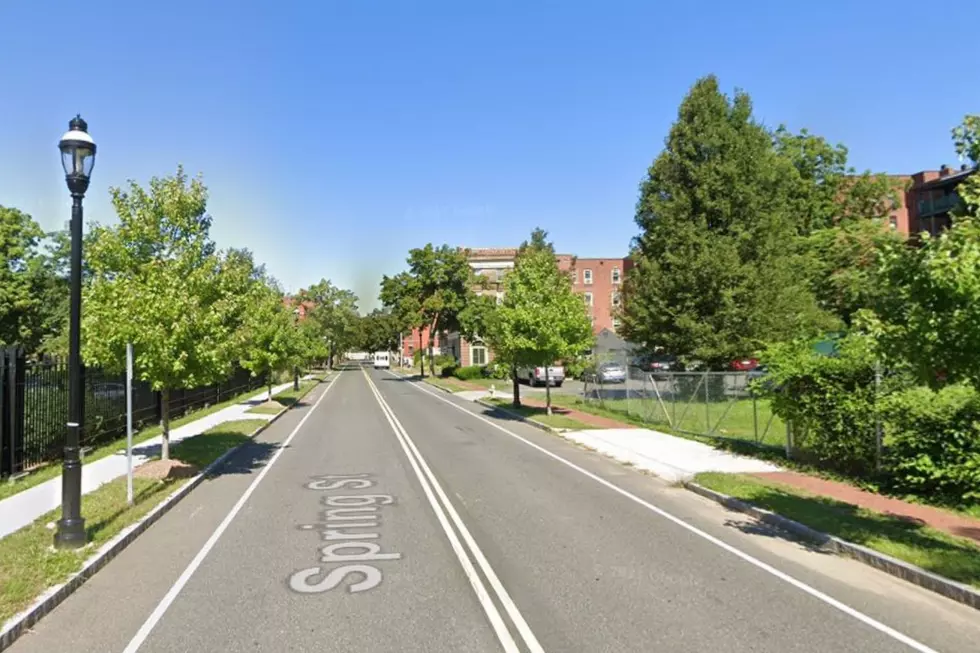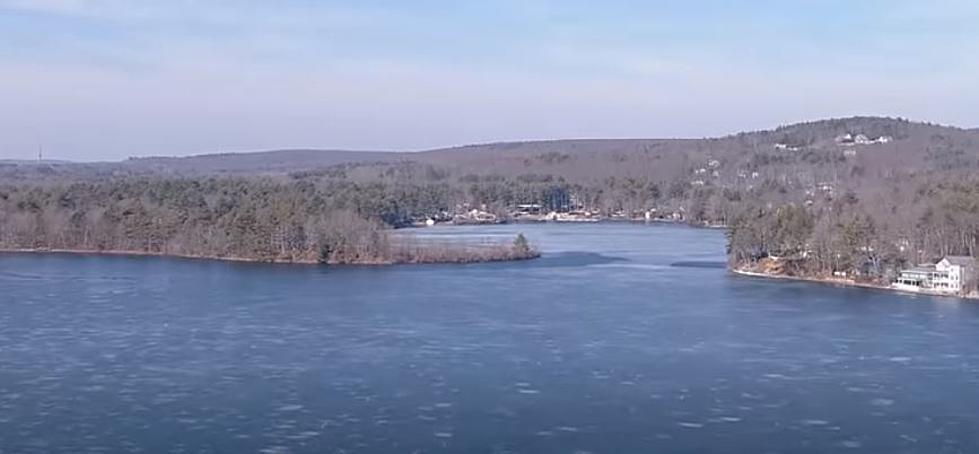
Swimming In Undesignated Areas Could Cost You
Swimming is great exercise and something that is strongly encouraged, but if you are swimming in undesignated waterways, you are putting yourself in danger - and you could also now end up with a financial penalty for doing so.
Governor Charlie Baker has filed legislation to increase fines for swimming outside designated waterfronts across the Commonwealth. The legislation, “An Act Relative to Enhanced Enforcement of Swimming Limitations,” would increase the maximum fine to $500 for entering or swimming in any waters on Department of Conservation and Recreation property that are not designated for swimming. The legislation would provide an appropriate penalty for swimming in unsafe areas and deter park visitors from considering these dangerous activities.
Swimming at undesignated waterfronts is dangerous and too often leads to tragic consequences, and this legislation is part of a comprehensive plan to discourage risky behavior and ensure the safety of visitors to our state parks and beaches... While we encourage all to visit our beautiful coastal and inland beaches, we urge the public to exercise caution and not swim at any body of water that has not been designated for swimming by state or local authorities. ~ Governor Charlie Baker

Lt. Governor Karyn Polito says we’ve already seen too many tragedies...
From the Berkshires to Cape Cod, Massachusetts is home to many water bodies and coastlines offering great opportunities for outdoor recreation; however, we have already seen far too many tragic accidental drownings occur already this year... We look forward to working with our colleagues in the Legislature to move quickly on these important changes.
Under current law, penalties for violating DCR’s rules and regulations vary depending on whether a property was once part of the Metropolitan District Commission, with fines ranging from $20 to $200. The filed legislation establishes a uniform maximum fine of $500 for entering or swimming in waters other than those designated for swimming by DCR.
At its many designated waterfronts throughout the state, DCR offers services like clearly marked swimming areas with ropes and buoys, lifeguards on-duty, and water quality testing. Undesignated waterfronts do not receive such services, and may also have hazardous features like murky water, steep slopes, and aquatic plant species, creating a potentially dangerous situation for swimmers.
LOOK: Here is the richest town in each state
LOOK: Here are the 50 best beach towns in America
READ ON: See the States Where People Live the Longest
More From WBEC AM









